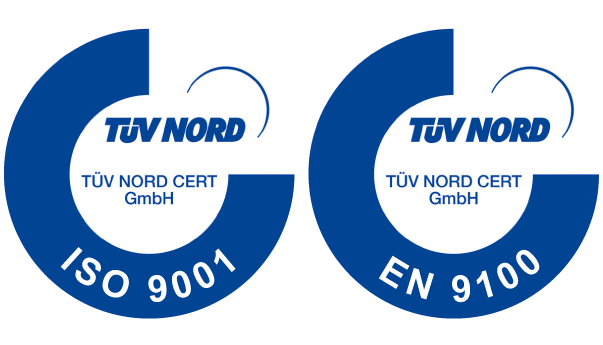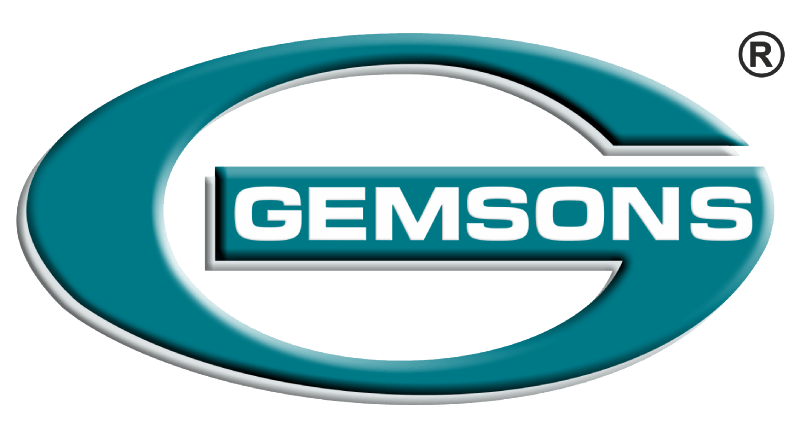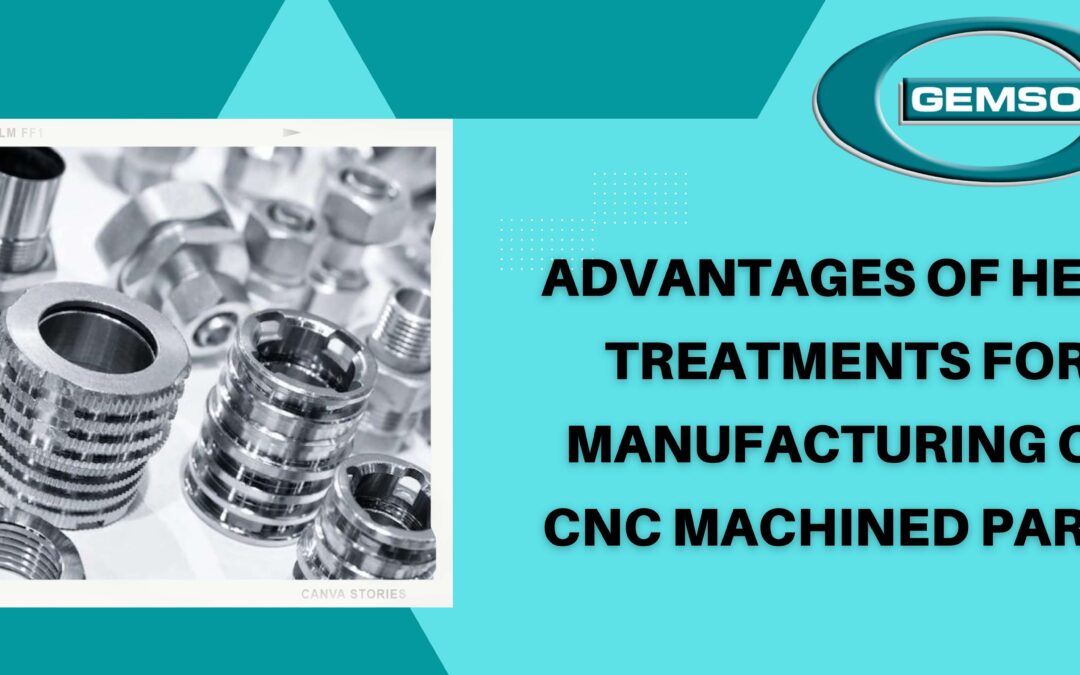As the manufacturing industry continues to expand, so will the demands on plants and equipment. With an increasing number of employees and equipment, less space is needed to meet production needs effectively. Existing manufacturing plants need to be equipped with the most advanced technology possible to remain competitive within their market segment. Heat treating for CNC machining parts manufacturers has several advantages over other manufacturing processes. So what are some of the advantages of this type of treatment?
Sturdy Parts
The main advantage of heat-treating CNC machining parts is that they allow parts to be made from strong, lightweight, and durable materials. The key here is to use proper heat treatment techniques to strengthen materials to the point where they are more durable and less likely to fail. There are a few techniques used for heat-treating CNC Machined Parts. These include forging, compounding, tempering, and dapping.
The forging technique is often used with high-strength steel and mild steel. You can learn more about forging techniques in the introduction to the chapter on materials. The compounding technique, or tempering, is often used with tool steels and other mild steel materials. In this technique, a special alloy with a harder edge than the plain carbon steel used in the manufacturing process is formed.
Optimizes Material Properties
Another advantage of heat treating for CNC Machined Parts manufacturers is that it helps optimize the properties of the materials used to create a stronger part. This might include part hardness, fatigue, tool life, and cost-effectiveness. Material properties can be affected by many things, including the temperature at which the part is formed, the type of processing used, and the presence of impurities in the steel. The best way to optimize the material properties of a part is to treat it at various temperatures and pressures until you get the properties you want. This depends on many factors, including the part design and usage, the application, and the budget you have available to invest in equipment.
Reduces Wear And Tear on Equipment
One of the biggest benefits of heat treating for CNC Machined Parts manufacturers is that it can help to reduce the wear and tear on equipment caused by parts being used for long durations without being maintenance-free. The best way to do this is always to use heat-treated parts. If your equipment is not equipped to handle the higher temperatures and pressures used in the forging and tempering techniques, you run the risk of failure or excessive wear and tear on your equipment. Remember, higher temperatures and pressures mean more wear and tear on equipment, so it’s important to maintain equipment, so it doesn’t fail prematurely.
Utilizes Fewer Materials
Another advantage of heat treating for CNC Machined Parts manufacturers is that it can help reduce the number of materials used in the process. The materials used in the process can often be more expensive and require more workers compared to a part made with other processes. Because of this, you can save on employee costs by using less material. With heat treating, you can also use less electricity because steel is usually more expensive per watt than other materials so savings can add up over time.
Cost Effective
Lastly, we have the cost-effectiveness of heat treatments for CNC Machined Parts manufacturers. With the right process, you can make parts that are cheaper to make than non-heat-treated versions. To make a cheaper version of your pricey high-end part, you must take it to the machine shop and have it heat-treated. The cheaper version will have a lower investment cost and will last longer before failure because it doesn’t require the same level of maintenance.
Conclusion
Heat treating for CNC Machined Parts manufacturers can provide several advantages over other manufacturing processes. These include the ability to make stronger and more durable parts, lower production costs, and less material used in the manufacturing process.



Recent Comments